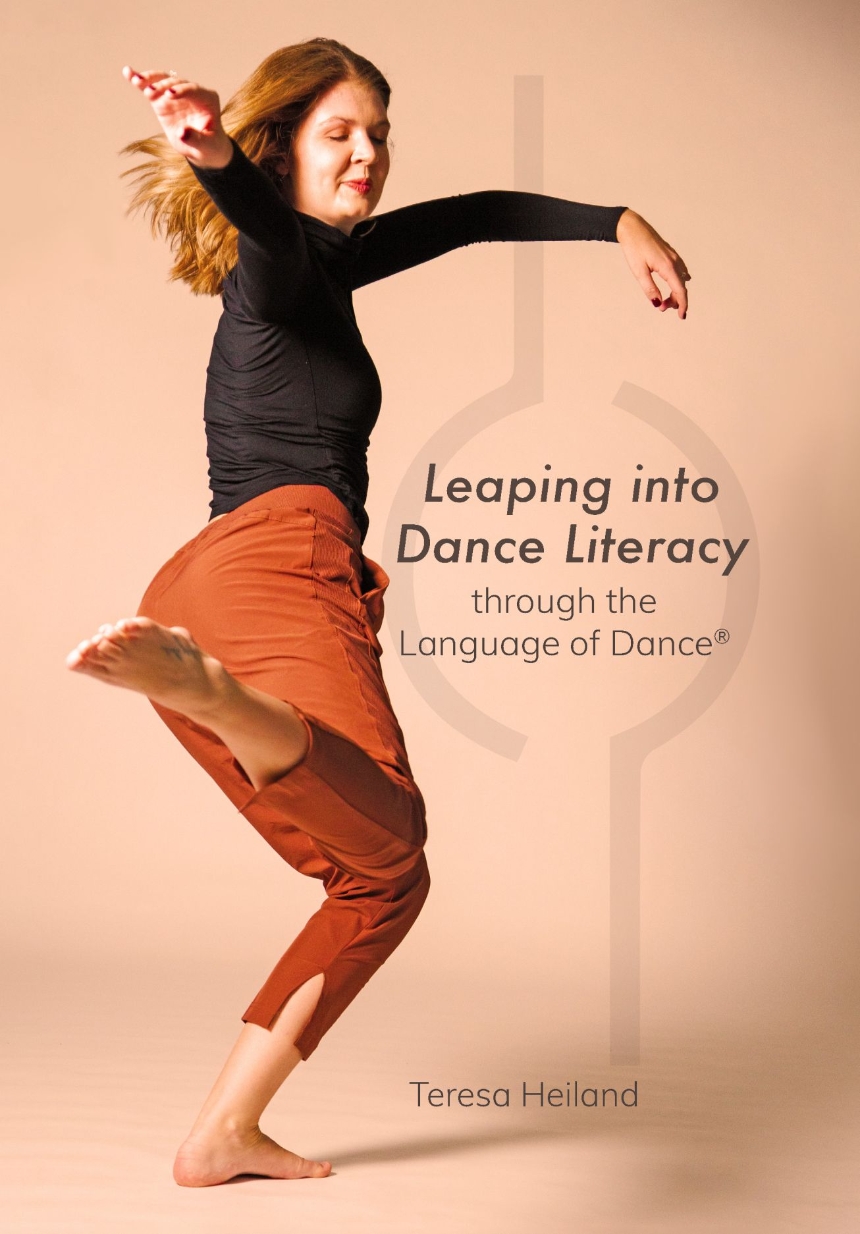Leaping into Dance Literacy through the Language of Dance®
9781789389562
9781789386103
Distributed for Intellect Ltd
Leaping into Dance Literacy through the Language of Dance®
An accessible introduction to dance literacy that includes practical examples and sample lesson plans.
This book presents the theory and purpose underpinning the approaches to dance literacy as explored by the Language of Dance community in the United States and the United Kingdom. Through their teacher training programs, the community is changing the face of dance-based dance literacy using the practice of motif notation.
Arts literacy can deepen dance craft and transfer arts knowledge, capacities, and skills to lifelong learning. Dance-based dance literacy practices using notation enhance learners’ flexibility, adaptability, self-direction, initiative, productivity, responsibility, leadership, and cross-cultural skills. This volume ushers in a new era for educating with dance notation that focuses on learners’ engagement by making connections between the learning domains using constructivist and constructionist learning approaches. Based on work by dance educator Ann Hutchinson Guest and expanded upon by her protégés, this is the first book of its kind to bring together theory, praxis, original research outcomes, taxonomies, model lesson plans, learning domain taxonomies of dance, and voices of dance teachers who have explored using dance notation literacy.
This book presents the theory and purpose underpinning the approaches to dance literacy as explored by the Language of Dance community in the United States and the United Kingdom. Through their teacher training programs, the community is changing the face of dance-based dance literacy using the practice of motif notation.
Arts literacy can deepen dance craft and transfer arts knowledge, capacities, and skills to lifelong learning. Dance-based dance literacy practices using notation enhance learners’ flexibility, adaptability, self-direction, initiative, productivity, responsibility, leadership, and cross-cultural skills. This volume ushers in a new era for educating with dance notation that focuses on learners’ engagement by making connections between the learning domains using constructivist and constructionist learning approaches. Based on work by dance educator Ann Hutchinson Guest and expanded upon by her protégés, this is the first book of its kind to bring together theory, praxis, original research outcomes, taxonomies, model lesson plans, learning domain taxonomies of dance, and voices of dance teachers who have explored using dance notation literacy.
380 pages | 110 halftones | 6.69 x 9.61 | © 2023
Art: Art--General Studies
Education: Education--General Studies
Table of Contents
Acknowledgements
Forward
Preface
Introduction
Part 1: Background and Development of Language of Dance Pedagogy
1.The Development of the Movement Alphabet® and Language of Dance
2.Changes in Literacy, Dance Literacy, and Dance-based Dance Literacy
3.Development of the LOD Approach, Theory, and Pedagogy: Inquiry Spiral of Sequential Growth, Basic Language Skills, Literacy Processes, and Language Domain
Part 2: Methods for Researching and Building Personal Teaching Approaches
4.Analysis of an LOD Lesson Plan Using Two Methods: Literacy Processes & Language Skills Analysis Method and Dance Notation Learning Outcomes Matrix Analysis Method
5.Teaching and Learning Activities Used in the LOD Approach
6.Creating Lesson Plans Using the LOD Approach to Motif Notation
7.The LOD Tool Kit
Part 3: Collection of Lesson Plans from LOD Practitioners
8.Lesson Plans for Grades K to 5
9.Lesson Plans for Grades 6 to 8
10.Lesson Plans for Grades 9 to 12
11.Lesson Plans for College-level Dancers
12.Lesson Plans for Community
Appendix A: Reading and Interpreting Scores, Notating Dance, and Documenting your Choreography
Appendix B: Motif Notation Practice for Writing Using LOD and LMA
References
Index
Forward
Preface
Introduction
Part 1: Background and Development of Language of Dance Pedagogy
1.The Development of the Movement Alphabet® and Language of Dance
2.Changes in Literacy, Dance Literacy, and Dance-based Dance Literacy
3.Development of the LOD Approach, Theory, and Pedagogy: Inquiry Spiral of Sequential Growth, Basic Language Skills, Literacy Processes, and Language Domain
Part 2: Methods for Researching and Building Personal Teaching Approaches
4.Analysis of an LOD Lesson Plan Using Two Methods: Literacy Processes & Language Skills Analysis Method and Dance Notation Learning Outcomes Matrix Analysis Method
5.Teaching and Learning Activities Used in the LOD Approach
6.Creating Lesson Plans Using the LOD Approach to Motif Notation
7.The LOD Tool Kit
Part 3: Collection of Lesson Plans from LOD Practitioners
8.Lesson Plans for Grades K to 5
9.Lesson Plans for Grades 6 to 8
10.Lesson Plans for Grades 9 to 12
11.Lesson Plans for College-level Dancers
12.Lesson Plans for Community
Appendix A: Reading and Interpreting Scores, Notating Dance, and Documenting your Choreography
Appendix B: Motif Notation Practice for Writing Using LOD and LMA
References
Index

